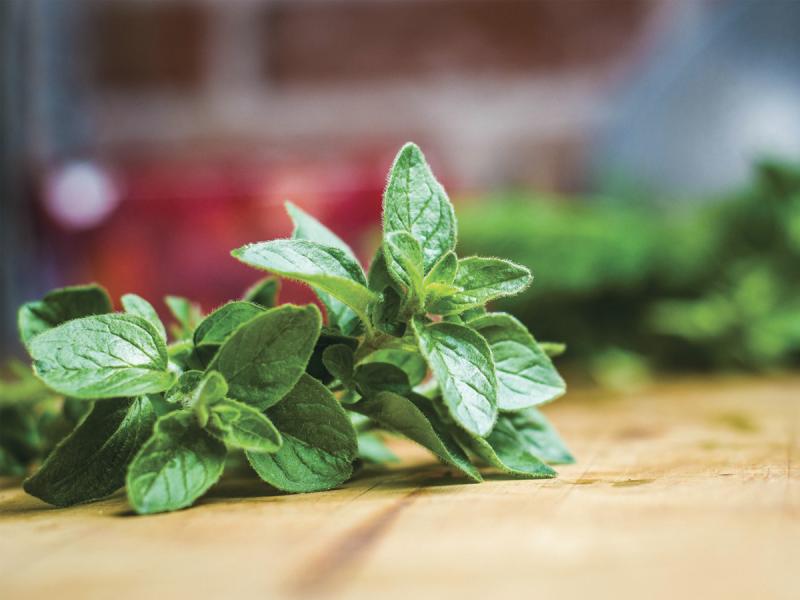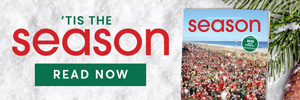There are salesmen, and then there are super salesmen. George C. Parker actually sold the Brooklyn Bridge, not once but several times. Using his powers of persuasion and elaborate forged documents he also sold the Statue of Liberty, the Metropolitan Museum of Art, and even Grant's Tomb.
The pitch was that the buyer could make a fortune by charging tolls on the Brooklyn Bridge. Sadly, many of his victims actually tried setting up toll booths or admission booths for the monuments.
In gardening, something that sounds too good to be true is actually true: crops that not only grow and produce, but self-seed so you don't have to replant them every year. These crops go to seed and sprout anew year after year. The secret, of course, is to let your plants flower and go to seed.
The biggest challenge is simply recognizing the baby seedlings of the herbs, vegetables and annual flowers, so you don't mistake them for weeds and dig them out.
Because they grow entirely outdoors, these seedlings are very hardy and already acclimated to your garden, so should you want to move them, they are very resilient.
Besides offering free plants, self-seeders provide forage for bees and other pollinators.
In the vegetable garden, self-seeding vegetables and herbs include arugula, basil, calendula, chamomile, cilantro, dill, breadseed poppies and New Zealand spinach.
For flowerbeds, famous self-seeders include nasturtiums, amaranth, bachelor's button (Centaurea cyanus), giant larkspur (Consolida ajacis), zinnias and cosmos (Cosmos bipinnatus), Gloriosa Daisy (Rudbeckia hirta) and Love-in-a-Mist (Nigella damascena).
You let plants simply go to seed and grow wherever they sprout, or you can help things along by gathering the seedpods and tossing them where you want future plants.
Among the easiest self-seeding crops are dill, radishes, arugula, cilantro, broccoli raab, pumpkins, winter squash, turnips and mustard. These will all ripen seeds the first year and reseed right up until frost.
Some crops, such as lettuce and leafy greens, you do not want to go to seed because once they flower, the leaves of the plant become bitter. What you can do is harvest all but a few of the lettuce or greens plants and leave a few to grow and go to seed. A single plant can often yield hundreds or thousands of seedlings.
Of course you can pick seed pods and save the seed yourself, but that kind of defeats the idea of self-sowing.
Although many of the seeds will land on rocks or be eaten, many more will survive winter and sprout in spring.
One drawback to self-seeding plants is that you end up growing the same varieties in the same location year after year. This is the opposite of crop rotation, so soil-borne diseases can build up and the soil itself will become poorer each season. If your tomatoes have blight and sow seeds, the new tomato seedlings will probably have blight too.
Also, only open-pollinated plants will self-seed. Hybrids that self-seed will not be the same as the parent plants.
In the garden as in life, you really can get too much of a good thing. Some plants self-seed so well they can almost become invasive. These super seeders include borage, chives, fennel and lemon balm.
Plant some self-seeders and you will have a continuous supply of flowers and vegetables without planting over and over. Of course, you won't have a tidy all-in-a-row garden, and if it almost sounds too good to be true, perhaps you would like to buy a bridge in Brooklyn. For you, half price.























































